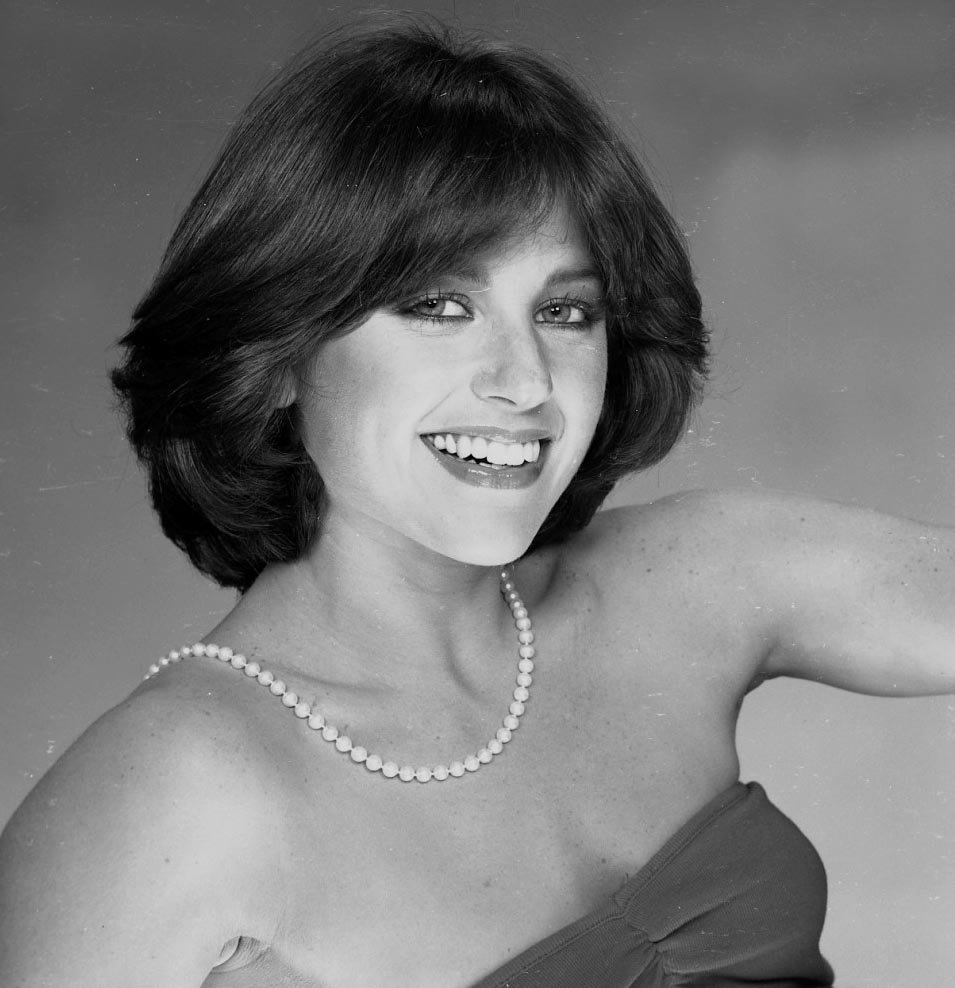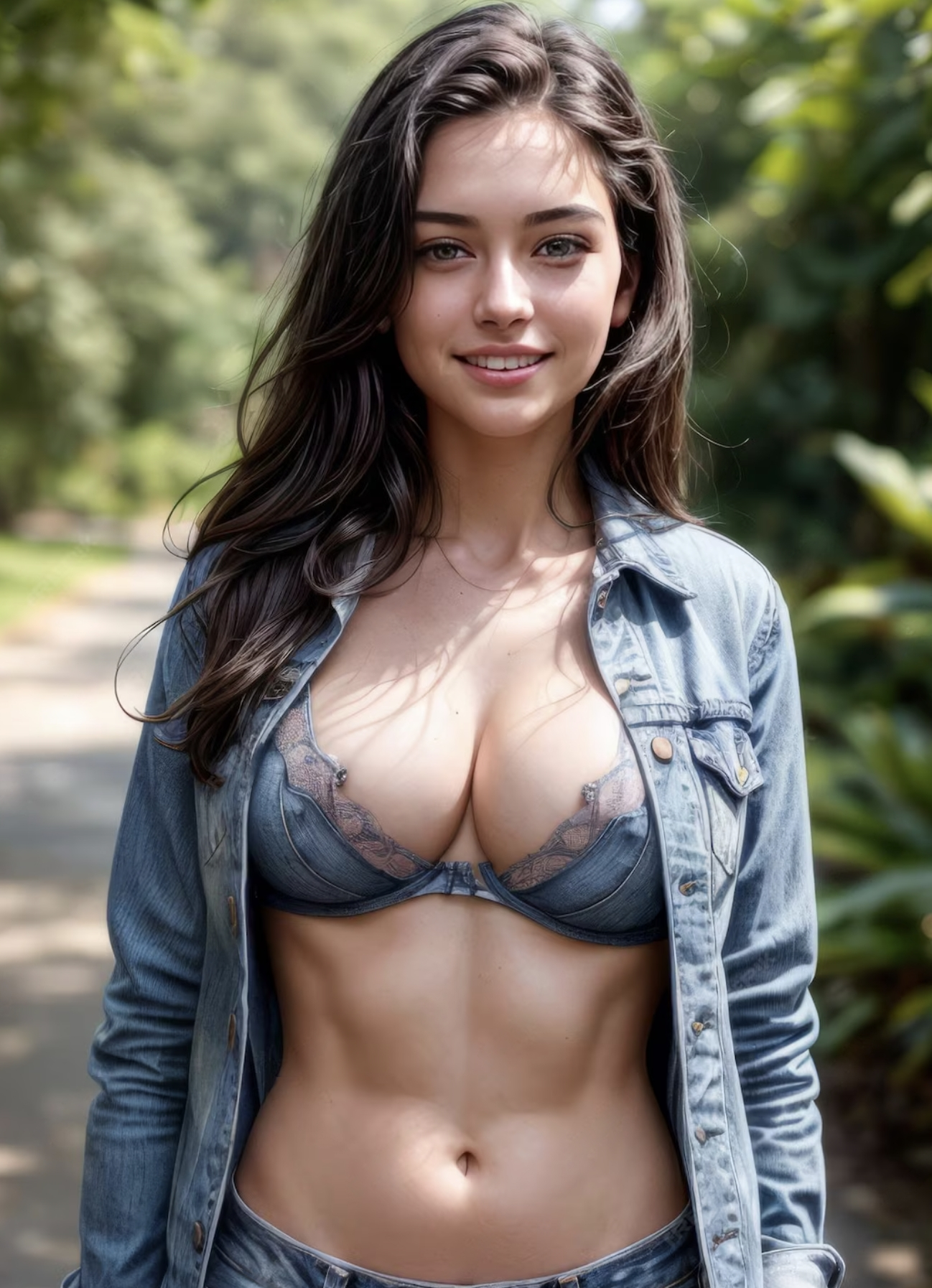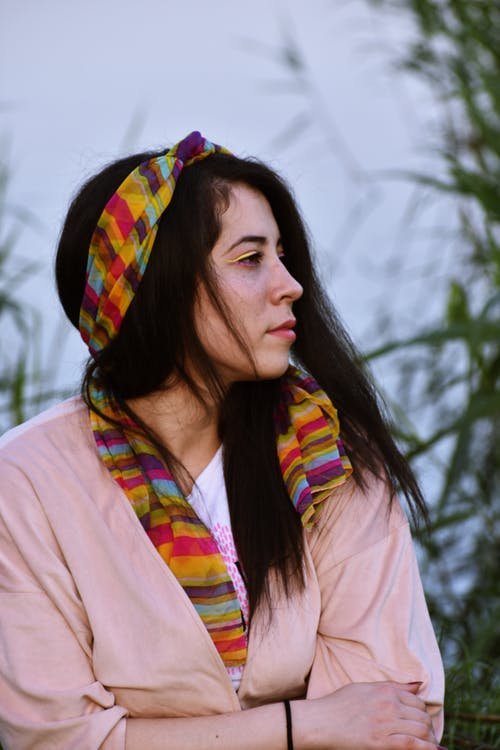What is Fashion Color Theory?
Fashion Color Theory or Color Theory in Fashion is the set of guidelines one follows to create the best, enticing, color schemes for their designs. Fashion designers usually use an in-detail color wheel to choose their color scheme. Color theory in fashion design is an important aspect because it’s crucial to understand the colors that look good together, how to make certain colors yourself, and how to interact with those in the fashion world using correct color vocabulary.
Recognizing how colors affect the mass of humans is a highly useful skill that designers can learn from color theory fashion design and carry on for their clients. But there’s a ton of things for all of it. Increasing the hue or contrast of color may create an entirely unique aesthetic. Cultural diversity can amplify these effects, with a color that is empowering and joyful in one community being gloomy in the other.
Fashion Color Theory History
Aristotle created the earliest recorded theory of color, claiming that it was sent from above by Gods by divine beams of light. He proposed that all colors are made up of white (light) and black (dark) and that they are linked to the four aspects of water, air, land, and fire. For more than 2 millennia, Aristotle’s theories on color were prevalent until they were overshadowed by Newton’s.
Isaac Newton, a British scientist, and mathematician started experimenting with sun rays and prismatic in the 1660s. He showed that the pure white light is made up of seven different shades that can be seen in a rainbow.
Colors, according to Newton, are human interpretations of light wavelengths. He identified three classes by classifying colors in a structured way. These three groups are:
- Primary colors
- Secondary colors
- Tertiary colors
Following Newton’s discoveries, the theory of color expanded to include the characteristics of color in its two forms—paint and light—as well as applications in a wide range of areas including illustration and science. The following are the characteristics of color:
- Hue
- Chroma
- Lighting
What is a Color Wheel?
A color wheel is a circular structure that shows how various colors relate to each other in short perfect tool for color theory for fashion. In his 1704 work Opticks, Newton created the earliest color wheel. Red, orange, yellow, green, blue, indigo and violet were the seven colors on his asymmetrical color wheel. Johann Wolfgang von Goethe created a symmetrical color wheel with only six colors (excluding indigo) in 1810, which is very close to the one that we are using today. Color wheels are used by creators and fashion designers to build color schemes that achieve a preferred aesthetic impact.
The color wheel is an essential element for fashion color theory and is used often while selecting and choosing a color range for your drawings. The color wheel depicts the range of colors and their relationships. The usual set of colors on a color wheel is 12, but several sets have as many as 24.
What does a Color Wheel have?
The color wheel also incorporates secondary and tertiary or intermediate colors along with the primitive or primary colors- red, yellow, and blue. Violet, green, and orange are secondary colors that are created by combining the primary colors together. The tertiary colors are created by mixing the main and secondary colors together: blue-green, yellow-green, yellow-orange, red-orange, red-violet, and blue-violet. The color wheel is composed of these 12 shades and is intensively used in color theory for fashion.
Color Properties and Terminology In Fashion Color Theory
Hue
Hue describes pure colors such as “blue,” “brown,” or “cyan.” Hue may also be used to describe blends of 2 pure colors, such as “red-orange” or “blue-green.” When determining a color, hue is typically one of three properties. Hue is a somewhat technical term that describes how we perceive color and could be used to express color concepts. When expressed in degrees, the hue varies from 0° to 359°.
Tint
fashion color theory uses the word “tint” to describe a color. A tint is a pigment that has been accented by adding white to an initial color. When you tint a pigment, you add white to the initial color. A tint is a color that is lighter from its source. Tint can also be defined as the volume of white inserted into an initial color.
Shade
fashion color theory uses the word “shade” to describe a color. A shade is a product of combining an initial color with black pigment. initial If you shade a lot, you were essentially adding black to the initial color. A shade of a color is deeper than the source. Shade can also be described as the volume of black added to an initial color.
Tone
The tone is described as the product of blending a pure color with any neutral color, even the two ends- white and black. Tones include both tints and shades. A tone is a variation of a color that is softer than the pure color according to fashion color theory.
Saturation
At a stable lightness point, saturation determines a spectrum from pure color (100%) to grey (0%). The saturation level of a pure color is 100%. Saturation affects the degree of clarity or liveliness of color from a perceptual standpoint. Desaturated images are described as dark, less vibrant, or washed out, but they may also appear softer.
Lightness
The term “lightness” refers to a spectrum that ranges from completely dark (zero percent) to totally enlightened (100 percent). The typical lightness value of any initial hue is 50%. Lightness, according to fashion color theory, is the scope between completely shaded and totally tinted. By adjusting the lightness value of a pigment, you can whiten or blacken it.
Chroma
fashion color theory may classify chroma as the non-achromatic portion of color interpretation i.e. any divergence from a neutral color perspective (dark, grayscale, illuminated). The chroma refers to the ferocity of the chromatic signal that affects color interpretation. Since color with a lower chromaticity value isn’t very vivid, chroma is compared to saturation
Intensity
Overall, the terms intensity and magnitude, degree, and power are equivalent. As a result, it can be combined with just about any color property. Nonetheless, it has a unique significance in some situations. The term “intensity” is used synonymously with the term “saturation” in fashion color theory.
Brightness
Brightness is a feature of our interpretation that is primarily determined by the lightness of a color. This is most likely why brightness and lightness are frequently confused. When used “properly,” brightness is not really a color attribute. When we raise saturation, the experience of brightness for a single color of a certain hue becomes more powerful. A greater saturation value helps color appear brighter.
Greyscale
Greyscale is a collection of natural colors that range from black to white or vice versa. The color value of each color move is normally changed by a fixed number. A 1-D color space can be used to evaluate a greyscale color. The value of a greyscale color on a white background is equivalent to the proportional strength of black added to the medium. The value of a greyscale color is equivalent to the proportional strength of white added to the medium.
What are Warm Colors?
Red, orange, and yellow, as well as combinations of these three colors, are warm colors. They are the colors of flames, autumn leaves, sunsets, and sunrises, and they are energizing, vibrant, and upbeat. Warm colors are all genuinely warm and aren’t produced by mixing a warm color with a cool color. Red and yellow are both primitive colors with orange as their mixture (the secondary color).
What are Cool Colors?
Green, blue, and purple are examples of cool colors which are somewhat muted versus warm colors. These are the colors of the evening, water, and earth, and are typically soothing, stimulating, and guarded. On the cool range, blue is the only primitive color, so the remaining colors are formed by mixing blue with a warm color according to fashion color theory.
What is Color Harmony?
Color harmony refers to color combinations that are appealing to the eye and offer an additional feeling of visual equilibrium. Complementary and analogous color schemes are a part of color theory fashion design and are usually considered to be harmonious. However, since people’s reactions to colors vary based on their individual tastes and past interactions there are no unanimously “right” colors for creating harmony. This is used in fashion color theory very commonly.
What is Color Temperature?
Warm colors and cool colors are separated by color temperature. Tinkering with warm and cool color mixes will enable you to blend colors to accomplish a specific outcome. Color temperature is an important part of fashion color theory.
What is Color Context?
When colors are seen in various contexts they tend to function diversely. violet A violet, for example, can appear bland and muted when coupled with a white, but when partnered with a black, the violet becomes much louder. Color context can not be dismissed in fashion color theory.
How to Apply Color Theory in Fashion Design Using the Color Wheel?
Analogous Color Scheme
Combine three adjacent colors on the color wheel to make an analogous color scheme. The saturation and brightness of the colors in an analogous scheme should be identical to monochromatic colors. People who dress in an analogous scheme try out new colors while maintaining a polished appearance according to fashion color theory.
Monochromatic Color Scheme
Schemes that are monochromatic have the exact hue but vary in saturation and brightness. For example, for a sleek, monochromatic look, combine a dark blue with a sky blue. Once you adjust the saturation or brightness of a hue, the color variations are infinite. To even out the vibrant monochromatic hues, you may add neutrals, whites, or black to the ensemble.
Complementary Color Scheme
Select colors that are exactly opposite of each other on the color wheel to create a complementary color scheme. green Colors such as red and purple, for example, are frequently combined. A common complementary color scheme for clothes is blue and orange according to fashion color theory.
Triadic Color Scheme
Choose three colors that are equally spaced across the color wheel to make a triadic color scheme. A triadic color arrangement, for example, is formed by the secondary colors (violet, orange, and green) according to fashion color theory.
Split-Complementary Color Scheme
Complementary color schemes and split-complementary color combinations are identical. Pick a color, define its complementary color and then use the colors on both sides of the complementary color to build a split-complementary color scheme.
Accent Color Scheme
The best way to incorporate color into an ensemble is to use a splash of accent color subtly. Use a solid color and neutrals to create a cohesive look. A solid, trendy look that is still extremely trendy is achieved by using a core of neutrals to display a bold color. A very trendy part of fashion color theory is accenting.
Tetradic Color Scheme
Tetradic schemes are composed of two pairs of complementary colors consisting of four colors. Red and green, for example, are coupled with yellow and violet according to fashion color theory.
Common Meanings of Different Colors
Here are some of the perception and meaning of the different colors according to the fashion color theory:
Devotion, Affection, and Rage are all represented by the color red.
strength, pleasure, and power are all represented by the color Orange
optimism, faith, and deception are all represented by the color Yellow.
fresh starts, fertility, and life are all represented by the color Green
peace, responsibility, and grief are all represented by the color Blue
Innovation luxury and riches are all represented by the color Purple
intrigue, sophistication, and malice are all represented by the color Black
melancholy, conservatism, and decorum are all represented by the color Grey
innocence, hygiene, and morality are all represented by the color White
existence, wholeness, and reliability are all represented by the color Brown
Pious, liberal, and bland are all represented by the colors Tan or Beige
Peace, Elegance, and Integrity are all represented by the colors Ivory or Cream










